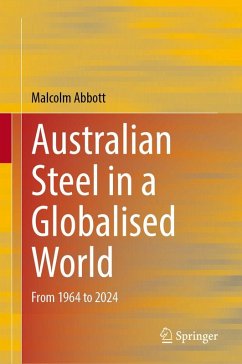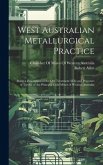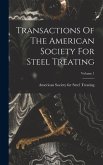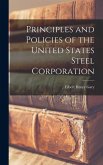This book explores the history and evolution of Australia s steel industry. In the late 19th and early 20th centuries, the creation of a large, technologically advanced steel sector was widely seen as essential for economic development, providing vital inputs for railways, shipping, engineering, and construction. While new materials such as plastics, aluminium, and concrete have since taken centre stage, steel once stood at the heart of industrial progress.
In the Australian context, the steel industry became closely linked with Broken Hill Proprietary Limited (BHP), for decades the country s largest private corporation and long identified as the Big Australian. BHP s exit from steelmaking in 2002 marked not just a corporate turning point but also reflected the broader transformation of the Australian economy, where mining increasingly overshadowed manufacturing.
Yet, the story of steel in Australia is not merely one of decline. This book examines how the industry endured through profound shifts in the national and global economy, overcoming challenges and adapting to survive, even prosper, through the late 20th and early 21st centuries. In doing so, it reveals how businesses, particularly in the manufacturing sector, can demonstrate resilience and strategic adaptation in an era of globalisation.
By tracing the steel industry s rise, struggles, and persistence, this book offers fresh insights into the dynamics of industrial change and the lessons it holds for Australia s economic future.
In the Australian context, the steel industry became closely linked with Broken Hill Proprietary Limited (BHP), for decades the country s largest private corporation and long identified as the Big Australian. BHP s exit from steelmaking in 2002 marked not just a corporate turning point but also reflected the broader transformation of the Australian economy, where mining increasingly overshadowed manufacturing.
Yet, the story of steel in Australia is not merely one of decline. This book examines how the industry endured through profound shifts in the national and global economy, overcoming challenges and adapting to survive, even prosper, through the late 20th and early 21st centuries. In doing so, it reveals how businesses, particularly in the manufacturing sector, can demonstrate resilience and strategic adaptation in an era of globalisation.
By tracing the steel industry s rise, struggles, and persistence, this book offers fresh insights into the dynamics of industrial change and the lessons it holds for Australia s economic future.








